Much as internet surfers — i.e. everyone in 2018 — enjoy sharing silly and picturesque JPEGs with one another that feature clever quips or inspirational sayings, Americans of a century ago passed around similar memes. They were called postcards, or souvenir cards, and mailing them to friends and relatives was immensely popular for sharing a gilded, snowy holiday scene or even a lolcat.
One hundred years before e-mail inboxes crowded with pictures of cats adorned with text like “I CAN HAS CHEEZBURGER?” and “CEILING CAT IS WATCHING YOU,” lolcats (and loldogs and lolrabbits) were already at the height of fancy. The rise of postcards at the turn of the century enabled Pennsylvanian Harry Whittier Frees to build a career out of photographing cute animals donning hats and britches.
Frees’s work was unique at the time because his shots seemed to display an unlikely cooperation from his furry talent in assuming human poses. Unlike the taxidermy tableaux of Walter Potter, Frees claimed his models were all alive and comfortable throughout his process.
“Mr. Frees attributes his success to kindly treatment of his models and a sixth sense about animals. He makes exposures at 1/5th of a second, has to junk two-thirds of his negatives,” claimed a profile of the photographer in LIFE in 1937. Frees admitted to using very stiff clothing as well as needles and forks to hold his subjects in place. Besides his own — by his account, brilliant and obedient — cat, Rags, Frees borrowed animals from neighbors, friends, and pet shops, using pigs, chickens, dogs, and rabbits at various points in his career. Cats, however, were his favorite models. He preferred to use kittens less than three months old, as they were more easily posed and photographed.
He never married, caring for his parents for much of his life and shooting whimsical animal scenes for three months out of the year (due to the stress). After the success of Frees’s postcards, he began to publish books and magazine spreads with his work, making progressively elaborate costumes and scenes. His photographs appeared in Little Folks, Women’s World, and American Magazine, and, in 1935-36, Frees published several spreads in Child Life, the Post’s sister magazine for kids.
His books, like Little Folks of Animal Land, Animal Land On the Air, and The Puppy and Pussy Book among others, were reprinted into the 1990s, while Frees himself remained relatively unknown. After his parents died, Frees moved to Clearwater, Florida, and, in 1953, he committed suicide after receiving a cancer diagnosis. His obituary stated that he turned on the gas stove in his kitchen due to an incurable disease, but it made no mention of his prolific photography career that brought delight to millions and, perhaps, launched an American obsession with documenting every possible angle of our precious felines.
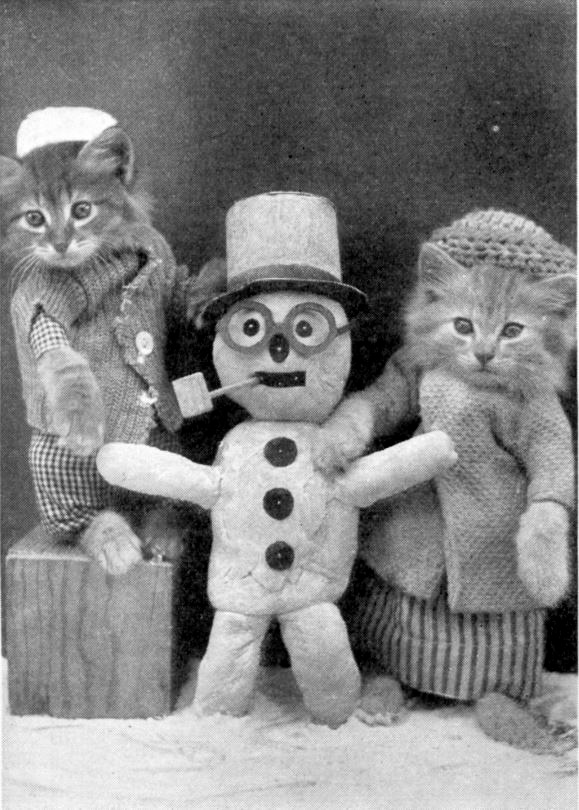
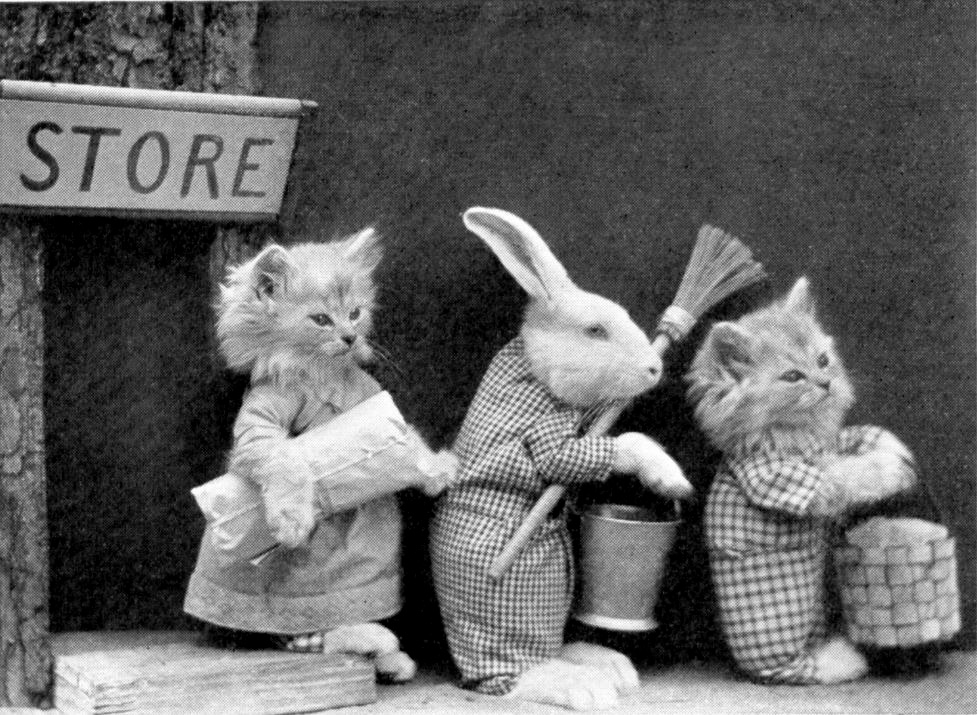
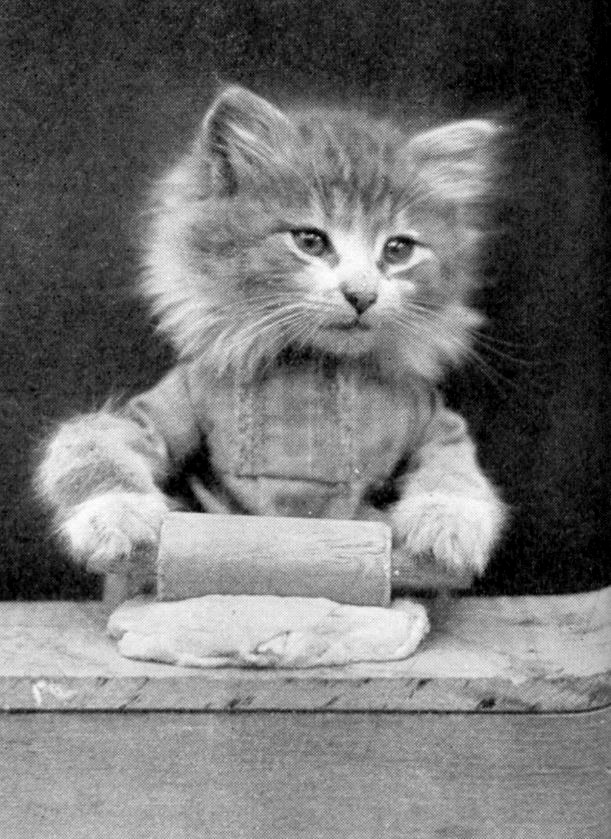
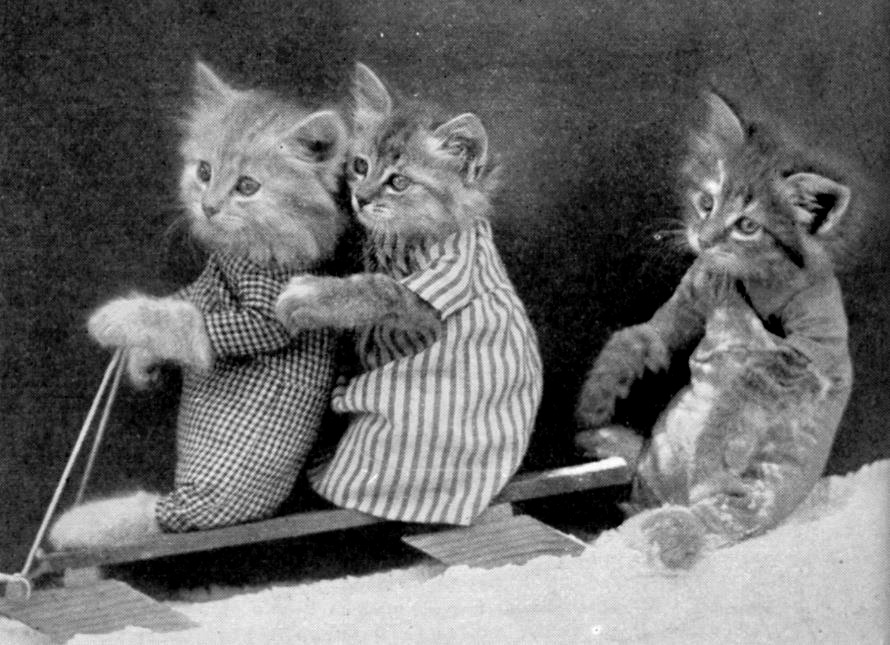
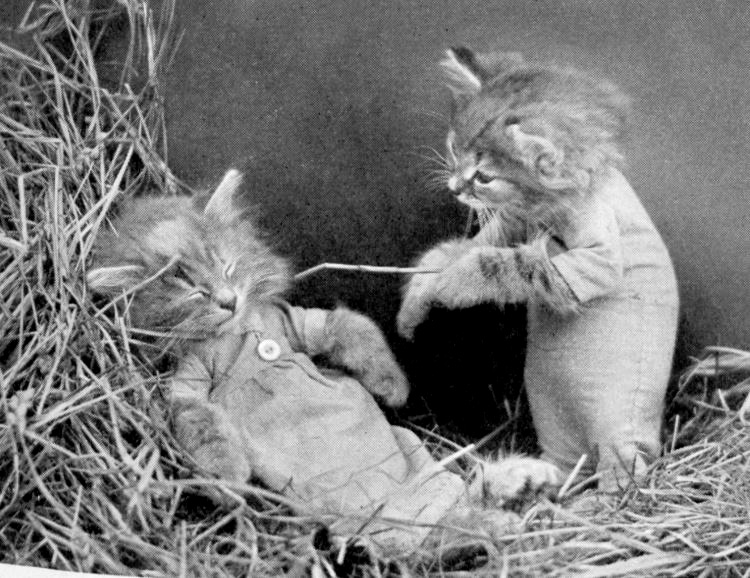
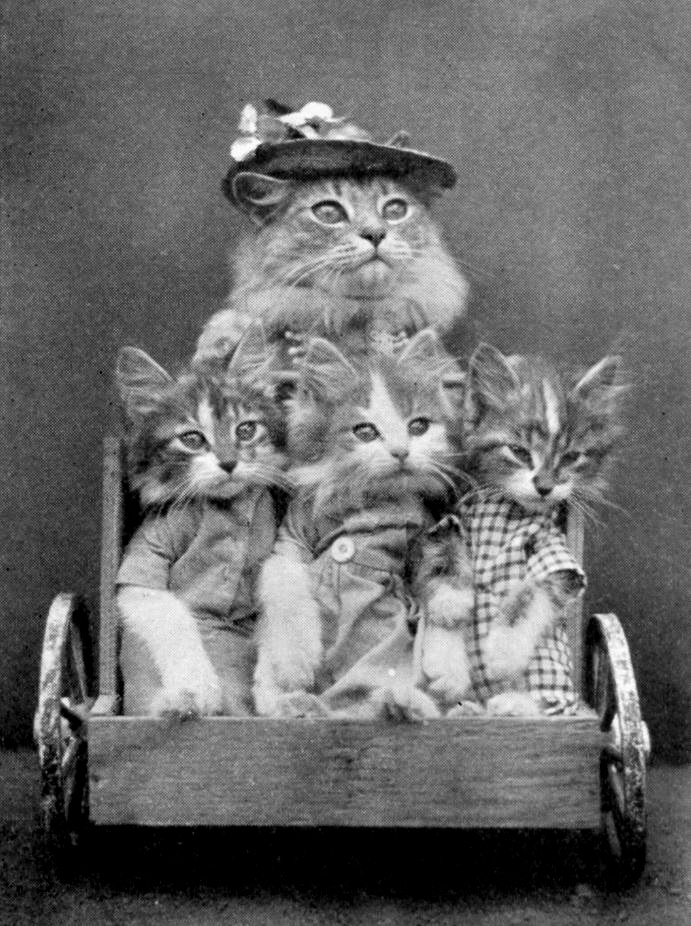
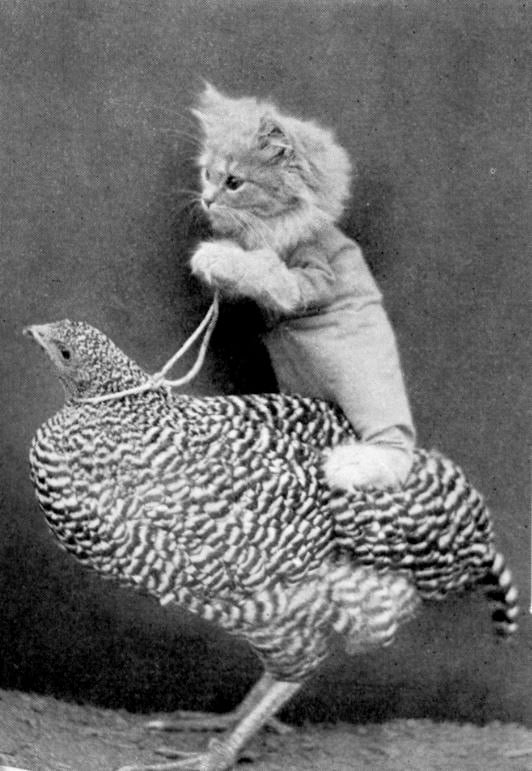
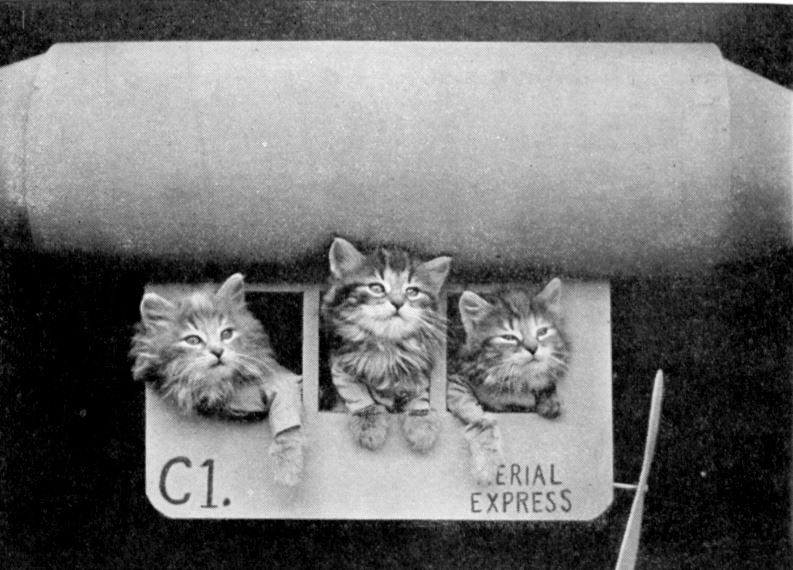
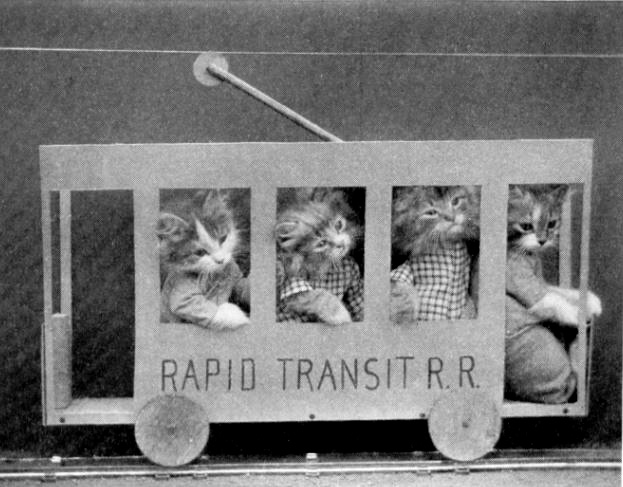
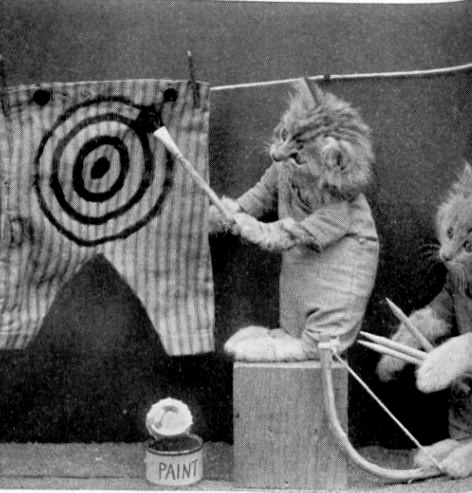
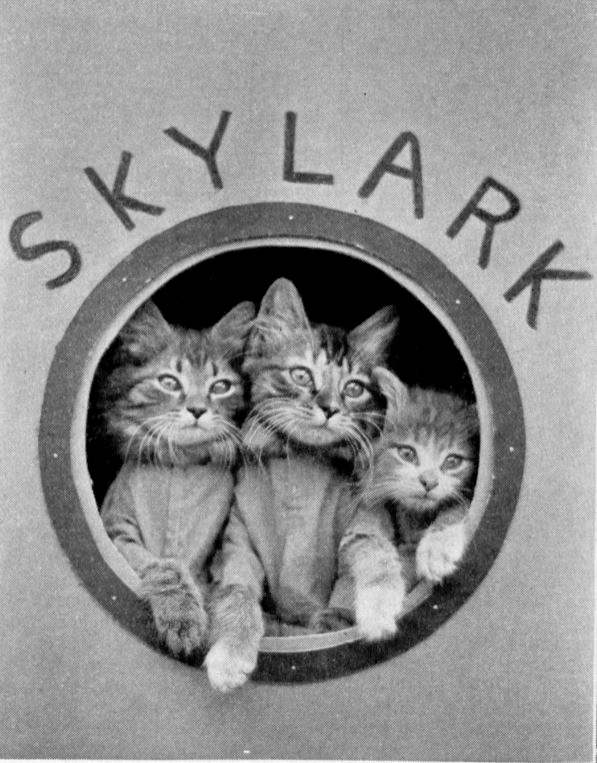
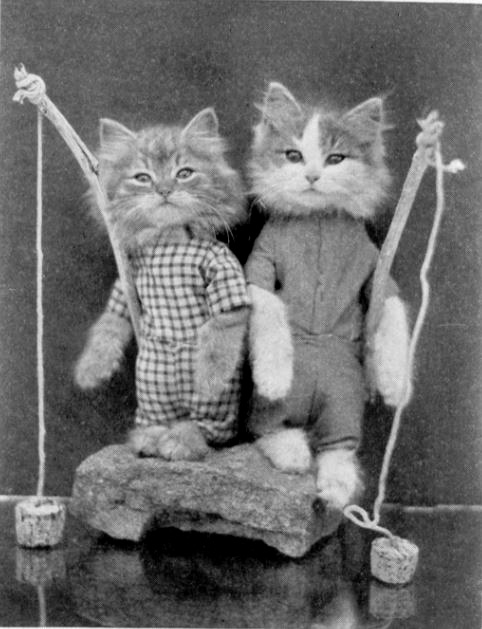
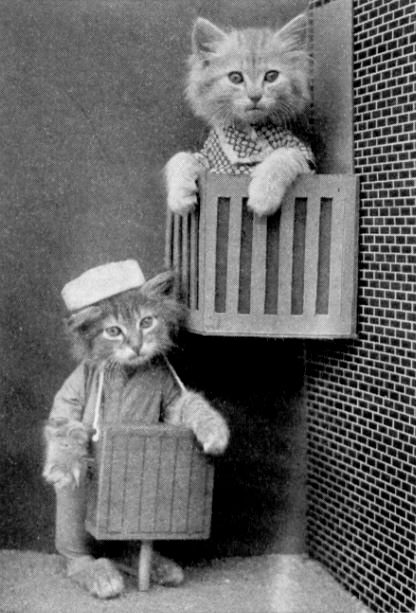
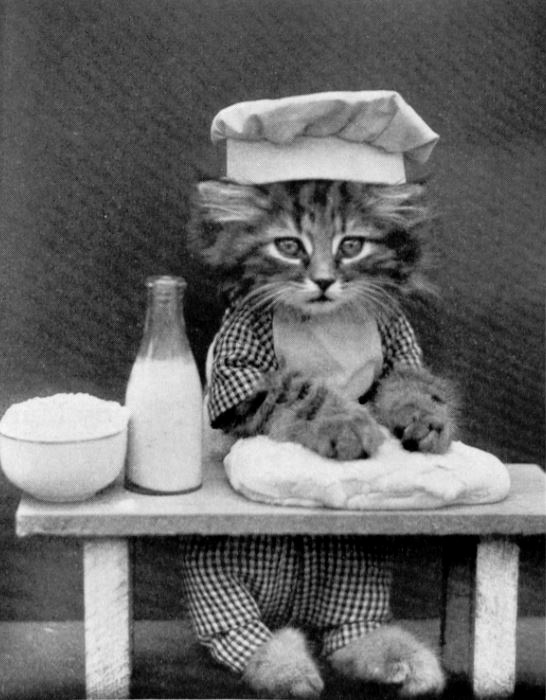
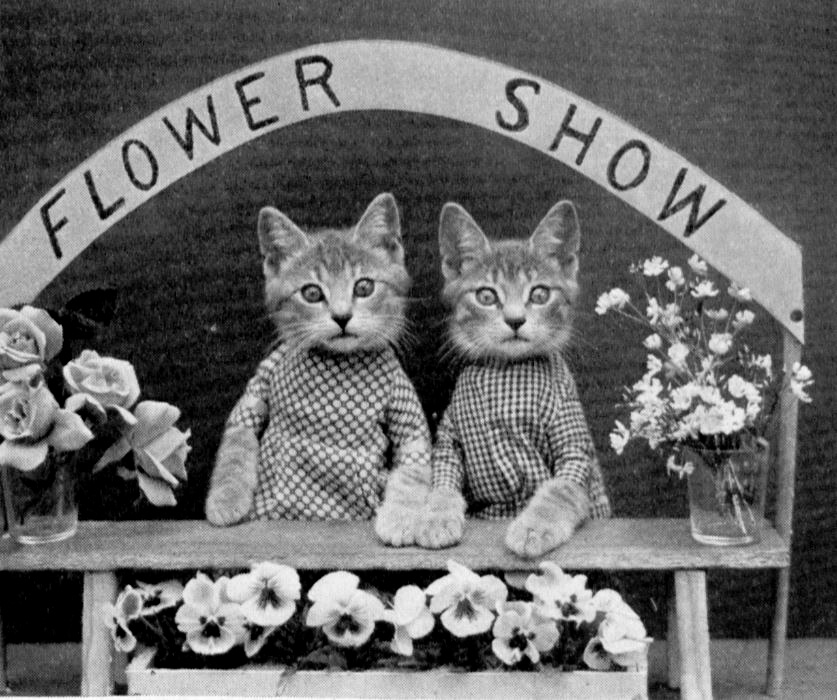
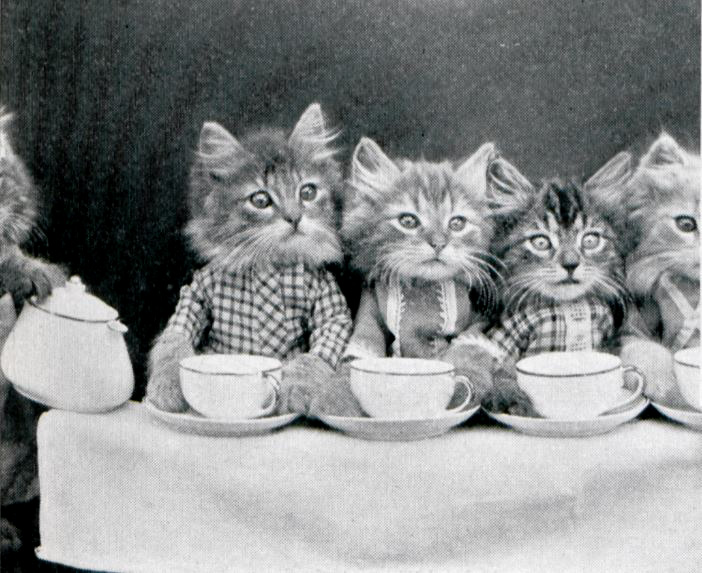
Become a Saturday Evening Post member and enjoy unlimited access. Subscribe now
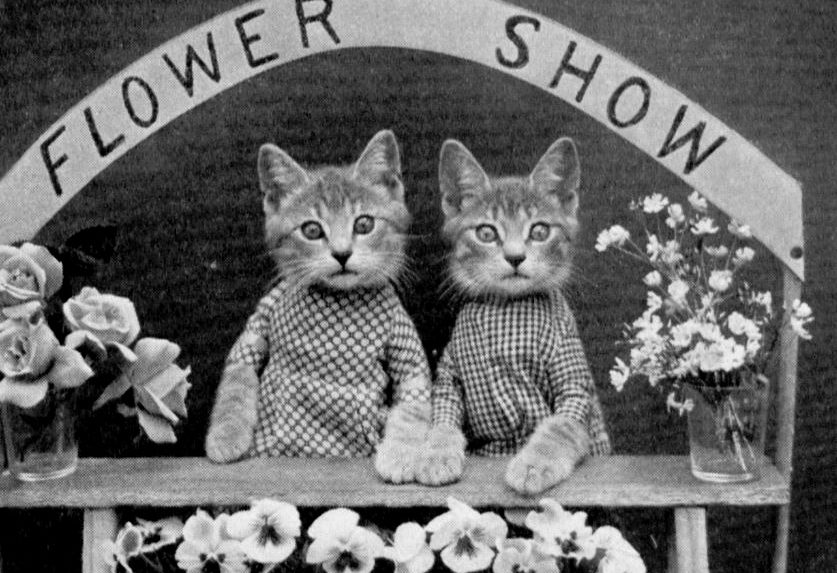
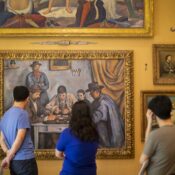
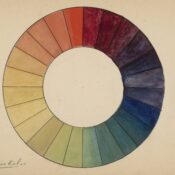

Comments
There was a lady in Mandan, North Dakota that used to do that too, in the early 1900’s.
These photos are fun, sweet, sentimental, yet still manage to be a little kooky and disturbing all at the same time!